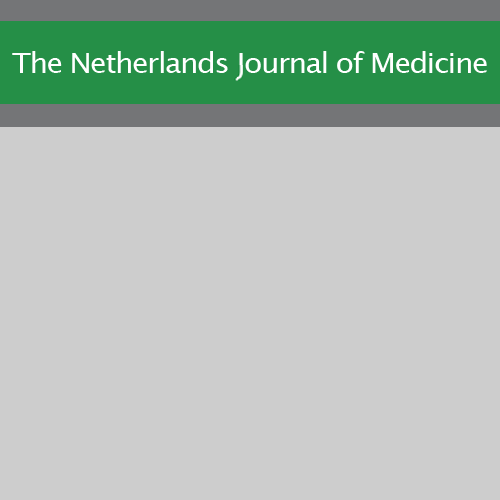Summary
Background & Aims
Prevalence of hepatitis C virus (HCV) infection in the Netherlands is low (anti-HCV prevalence 0.22%). All-oral treatment with direct-acting antivirals (DAAs) is tolerable and effective but expensive. Our analysis projected the future HCV-related disease burden in the Netherlands by applying different treatment scenarios.
Methods
Using a modelling approach, the size of the HCV-viraemic population in the Netherlands in 2014 was estimated using available data and expert consensus. The base scenario (based on the current Dutch situation) and different treatment scenarios (with increased efficacy, treatment uptake, and diagnoses) were modelled and the future HCV disease burden was predicted for each scenario.
Results
The estimated number of individuals with viraemic HCV infection in the Netherlands in 2014 was 19,200 (prevalence 0.12%). By 2030, this number is projected to decrease by 45% in the base scenario and by 85% if the number of treated patients increases. Furthermore, the number of individuals with hepatocellular carcinoma and liver-related deaths is estimated to decrease by 19% and 27%, respectively, in the base scenario, but may both be further decreased by 68% when focusing on treatment of HCV patients with a fibrosis stage of = F2.
Countries: The Netherlands

